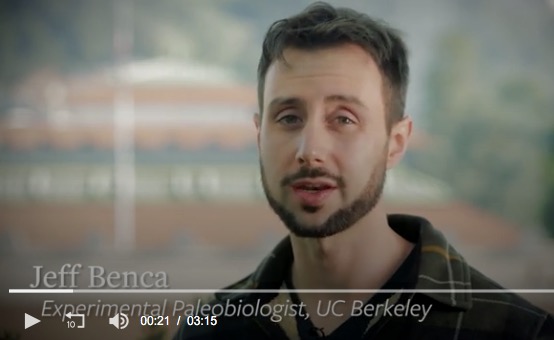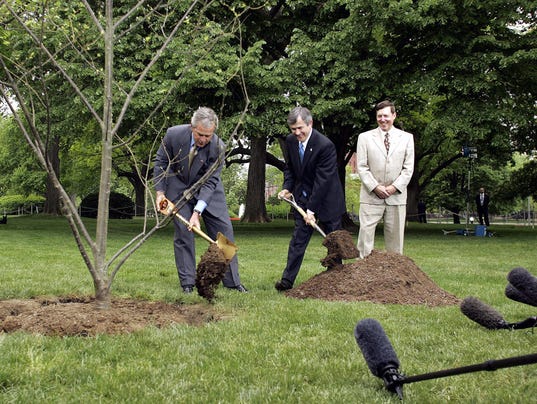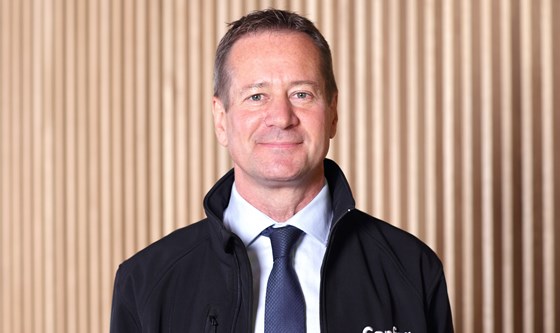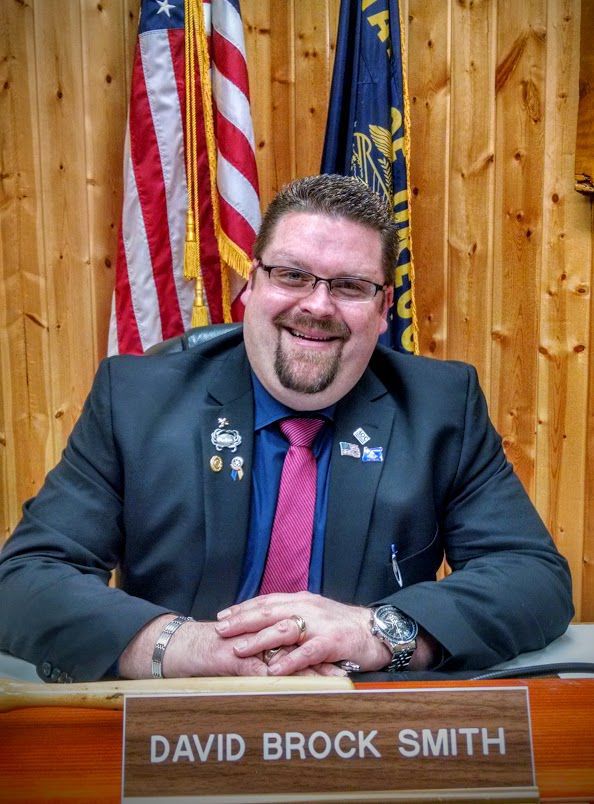 We have an interesting mix of headlines today. Inspectors in Shanghai have intercepted pine wood nematodes in shipments arriving from Britain. Swiss inspectors determined that over 40% of wood products companies incorrectly identified the type and origin of wood in their products – despite legal requirements! And loggers in Georgia got the surprise of a lifetime when they found a mummified dog 28 feet up inside a hollow chestnut oak tree!
We have an interesting mix of headlines today. Inspectors in Shanghai have intercepted pine wood nematodes in shipments arriving from Britain. Swiss inspectors determined that over 40% of wood products companies incorrectly identified the type and origin of wood in their products – despite legal requirements! And loggers in Georgia got the surprise of a lifetime when they found a mummified dog 28 feet up inside a hollow chestnut oak tree!
Fire on the Mountain: Rethinking Forest Management in the Sierra Nevada: a new report published by the Little Hoover Commission has people talking. The California Forestry Commission supports the findings, urging all landowners to work together because “drought, disease and wildfire, have no boundaries”. Editors at the Modesto Bee are more forthright, claiming, “the Sierra Nevada forests are being mismanaged in ways that hurt every Californian.”
CLT: The Eastern Washington University is building the state’s first CLT office building; and featured by The Fifth Estate, Australia is building a 52 metre engineered wood tower, the tallest in the country. It will also “hold the [world] title for the largest gross floor area for an engineered timber building”.
— Sandy McKellar, Tree Frog Editor

 Inside Espanola’s biggest employer, Domtar Pulp and Paper Mill, sits a piece of history. It’s a map, painted on one of the walls by a prisoner of war who was held there during World War II. …According to former Espanola Historical Society President Tim Gallagher, the map was created by a man that was a navigator in the German Luftwaffe. The POW was also said to be a geography teacher and cartographer in civilian life. “Espanola Pulp and Paper Mill was abandoned because of lack of work at the time, so it was used as a holding place for captured prisoners of war, which were brought back from Great Britain.” said Gallagher.
Inside Espanola’s biggest employer, Domtar Pulp and Paper Mill, sits a piece of history. It’s a map, painted on one of the walls by a prisoner of war who was held there during World War II. …According to former Espanola Historical Society President Tim Gallagher, the map was created by a man that was a navigator in the German Luftwaffe. The POW was also said to be a geography teacher and cartographer in civilian life. “Espanola Pulp and Paper Mill was abandoned because of lack of work at the time, so it was used as a holding place for captured prisoners of war, which were brought back from Great Britain.” said Gallagher.







 Asia Pulp and Paper (APP) has not lived up to the sustainability commitments it made five years ago, a coalition of non-government organisations (NGOs) has claimed on the anniversary of the controversial paper company’s Forest Conservation Policy (FCP). The Indonesia-headquartered firm committed to stop clearing natural forest on 5 February 2013, following years of campaigning by green groups. At the time, the announcement was seen as a sustainability milestone for the company. …To mark five years since the launch of the FCP, a group of 10 NGOs, including World Wide Fund for Nature (WWF), Indonesia-based Hutan Kita Institute and British advocacy group Forest Peoples Program, has issued a joint statement claiming that APP is “not yet on a sustainable track” and the progress it has made has “not been sufficient.”
Asia Pulp and Paper (APP) has not lived up to the sustainability commitments it made five years ago, a coalition of non-government organisations (NGOs) has claimed on the anniversary of the controversial paper company’s Forest Conservation Policy (FCP). The Indonesia-headquartered firm committed to stop clearing natural forest on 5 February 2013, following years of campaigning by green groups. At the time, the announcement was seen as a sustainability milestone for the company. …To mark five years since the launch of the FCP, a group of 10 NGOs, including World Wide Fund for Nature (WWF), Indonesia-based Hutan Kita Institute and British advocacy group Forest Peoples Program, has issued a joint statement claiming that APP is “not yet on a sustainable track” and the progress it has made has “not been sufficient.”




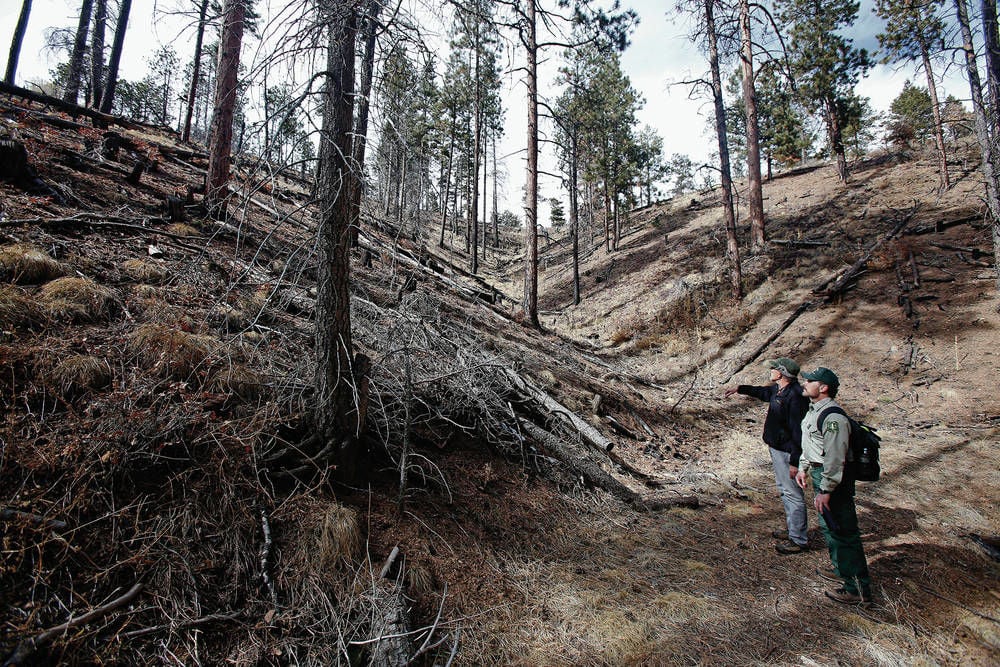





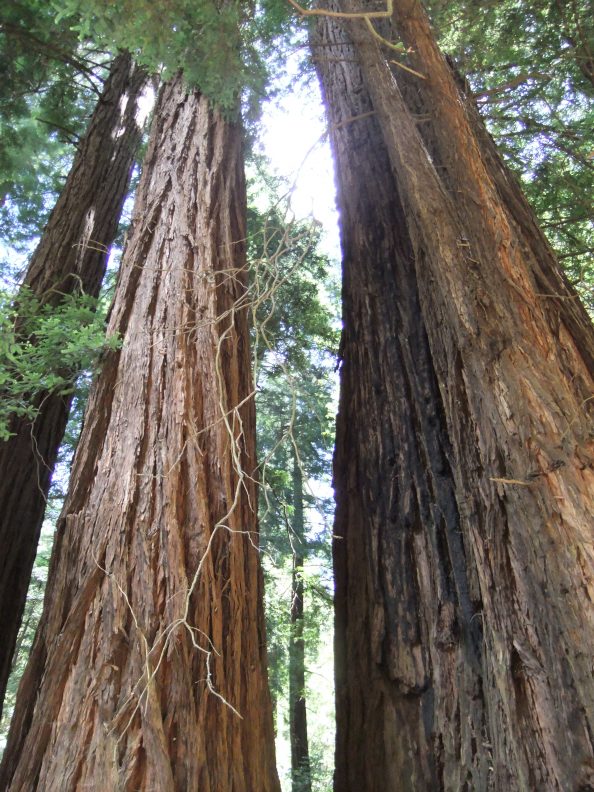 …As California’s climate changes to one of extremes and humans continue to harvest, the only coast redwoods on the planet are in peril. The challenge to preserving them is here, in forests like this one — and so, scientists believe, is the key to a solution. For the first time, scientists are mapping the coast redwood’s genome, a genetic code 12 times larger than that of a human being. By the end of the year, scientists hope to have mapped the complete genome of the coast redwood and of the giant sequoia, a close cousin that also is among the tallest trees in the world, some reaching hundreds of feet high. …Knowing a tree’s genetic makeup, and how those traits fit into a larger stand of trees, will allow Burns and Richard Campbell, the league’s forestry program manager, to trust the choices they make in protecting and restoring redwood forests.
…As California’s climate changes to one of extremes and humans continue to harvest, the only coast redwoods on the planet are in peril. The challenge to preserving them is here, in forests like this one — and so, scientists believe, is the key to a solution. For the first time, scientists are mapping the coast redwood’s genome, a genetic code 12 times larger than that of a human being. By the end of the year, scientists hope to have mapped the complete genome of the coast redwood and of the giant sequoia, a close cousin that also is among the tallest trees in the world, some reaching hundreds of feet high. …Knowing a tree’s genetic makeup, and how those traits fit into a larger stand of trees, will allow Burns and Richard Campbell, the league’s forestry program manager, to trust the choices they make in protecting and restoring redwood forests.